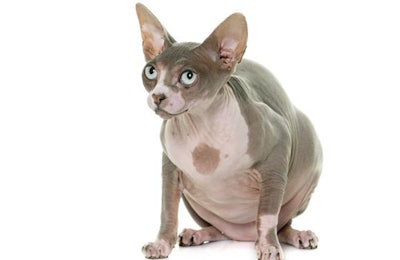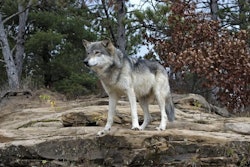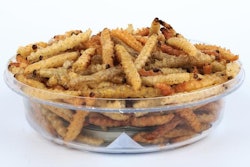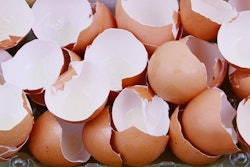
Temple Grandin, PhD, recommended that pet food companies use pictorial representations on their bags to educate consumers about what pets’ healthy weights look like, in an interview with Petfood Industry. Simple images of particular breeds could demonstrate four weight classifications. Grandin, professor of animal science at Colorado State University and best-selling author, delivered the grand finale presentation at Petfood Forum 2017.
“One of the things the pet food industry could do is make pictures showing too skinny, just right, overweight and obese for some of the popular breeds,” she said. “People know what grossly obese looks like. What most people, I think, don’t know is a-bit-overweight.”
Pet owner bear responsibility for pet obesity
Regardless of what pet food and treat manufacturers do, Grandin ultimately put the responsibility on pet owners to take control over pet obesity. Pets may be inclined to eat more when under stress, like humans, she said. Yet, even under stressful conditions, the responsibility to control a pet’s food intake still falls upon their human caretaker.
“People just shovel the treats and too much food into them,” said Grandin. “Another thing is, people get a dog too fat, and they don’t even realize it…Some people think fat is what the dog should look like.”
Although less common, she also noted that underweight pets need to be identified too, since pet owners may not know what it looks like when their cat or dog is too skinny. Being underweight may result from health conditions, not just the amount of food an animal is fed, so identifying underweight pets can catch other problems.
Other methods to address pet obesity
In recent years, pet products that require a pet to perform some action before the toy will dispense food and treats. For example, hollow rubber balls with slits make pets manipulate the toy in order to get their pet food or treats.
Grandin thinks these toys can be great ways to help pets be more active and give them stimulation. However, she warned that the toys can’t be too difficult to use. Pets can get frustrated with such toys and then may develop negative associations with the food, or may simply not be able to get enough food out to meet their nutritional needs.


















